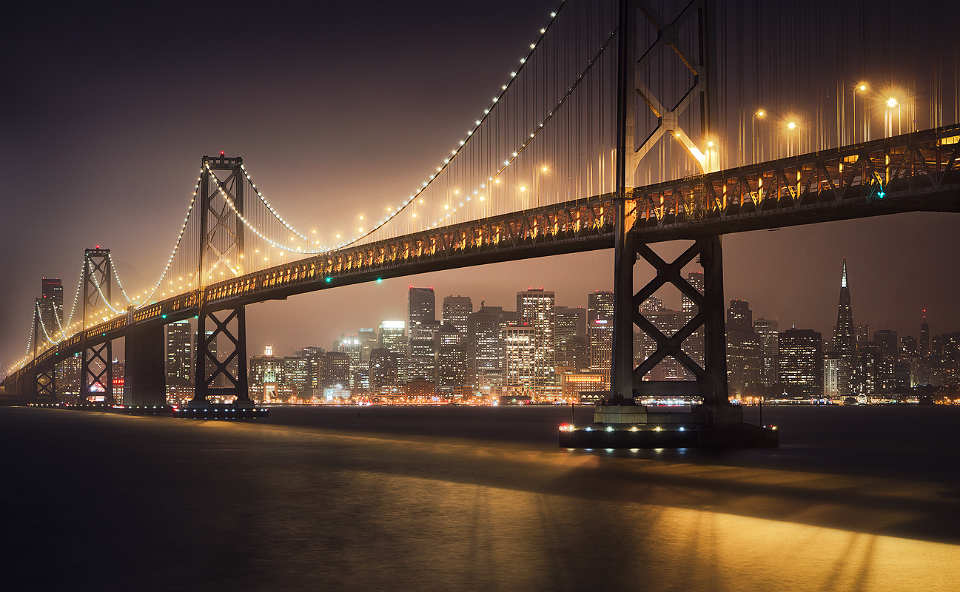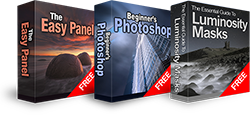What is the most important thing you’ve learned about photography
As students of the photographic arts, we are on a wonderful journey of learning. The more we learn, the greater our ability to express ourselves artistically. From learning to use equipment, or pushing our knowledge of post-processing software, or coming to terms with marketing ourselves, each new day can present a new challenge from which we can develop our understanding, and improve as photographers. On this incredinble journey of discovery, we constantly learn and pick up new tips. It’s great to share these tips and help other photographers by sharing the most important thing you’ve learned about photography.

My question to you is this: what is the most important thing you have learned about photography this year? (Please leave a comment in the comments box below, including a link to your work online).

Image by Felix Merler from Pixabay
One of my biggest learning points is surprisingly obvious. For the past couple of years I’ve carried with me a strong torch, and a medium strength headlamp. Using them was clunky, to say the least. I ditched both for a single, strong headlamp, which made my life significantly easier. My 350 lumens headlamp is strong enough to help me compose my image in near pitch-black darkness, while freeing my hands up to deal with the camera equipment, and balance myself while standing on slippery rocks. If you don’t have a headlamp, I strongly recommend you add one to your arsenal. This headlamp comes highly recommended: Boruit RJ-3000 LED Headlamp with Red Light.
– Tutorial Continued Below –
Look After the Body and the Mind
I also learned the hard way that it is important to have a spare pair of socks in your bag when shooting seascapes on a cold winter evening!
And finally, a ritual I’ve established when shooting in hectic scenes is to breathe slowly, focusing on one thing at a time without letting my excitement get the better of me. With a calmer mind we can see more clearly, while a frantic mind sometimes leads to simple mistakes.
With that in mind, I’d love to know what piece of knowledge, or nugget of experience has been most valuable for you this year. So please do leave a comment below.
Thank you for reading this post on The most important thing you’ve learned about photography. Feel free to check out the latest articles published on Shutter…Evolve.
More Hints and Tips For Photographers
7 Photography Tips I Wish I Knew Earlier
